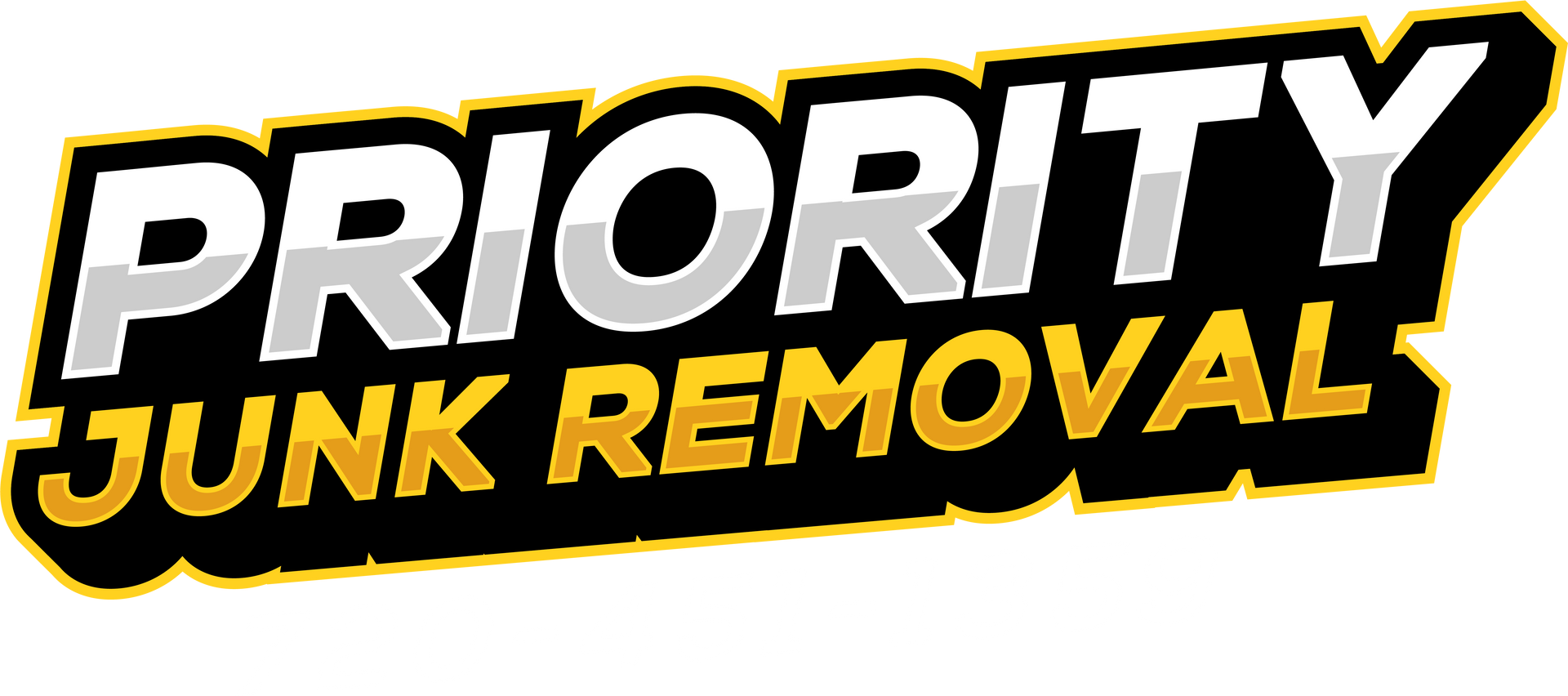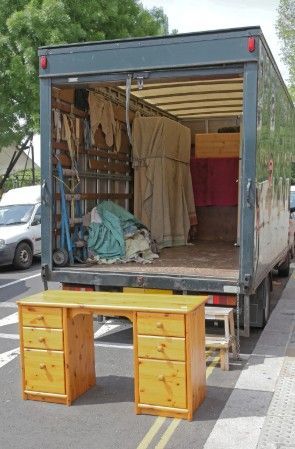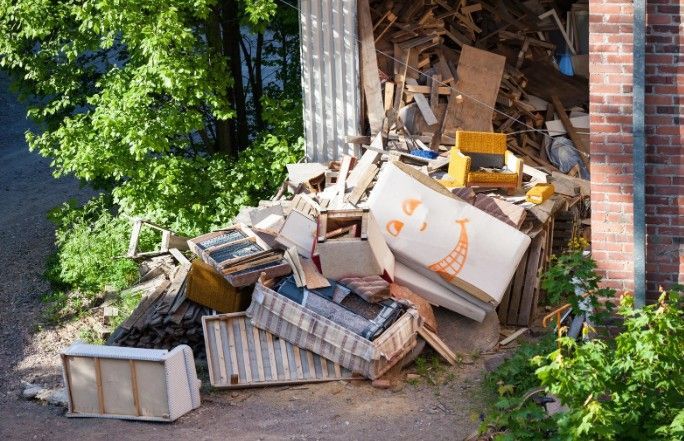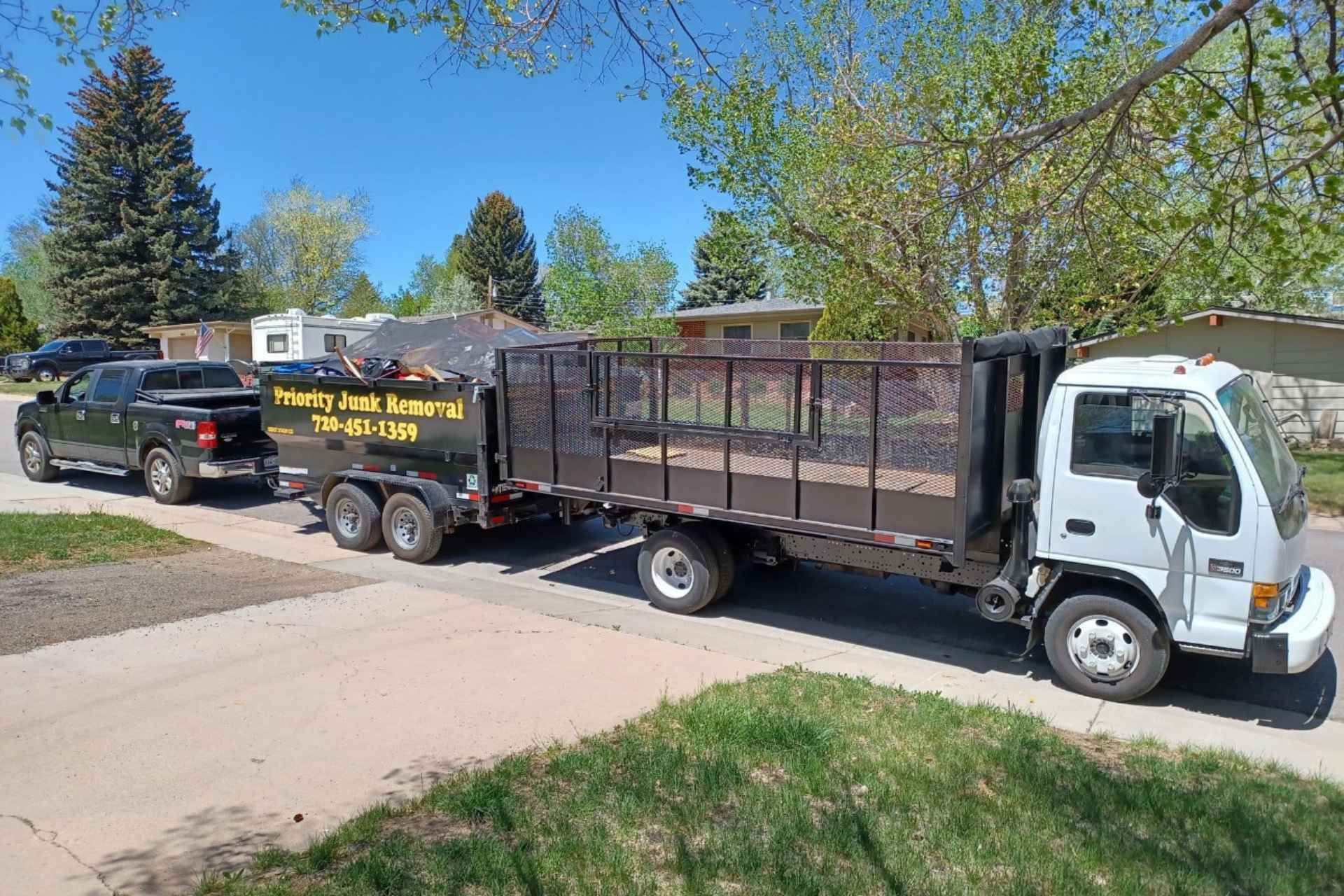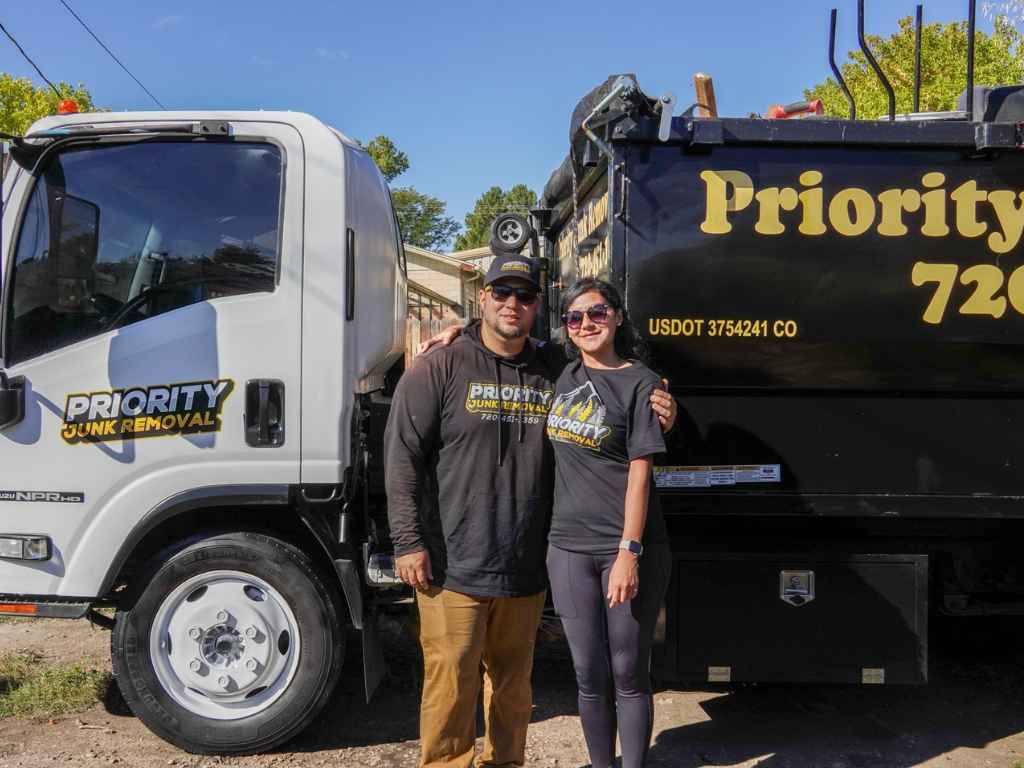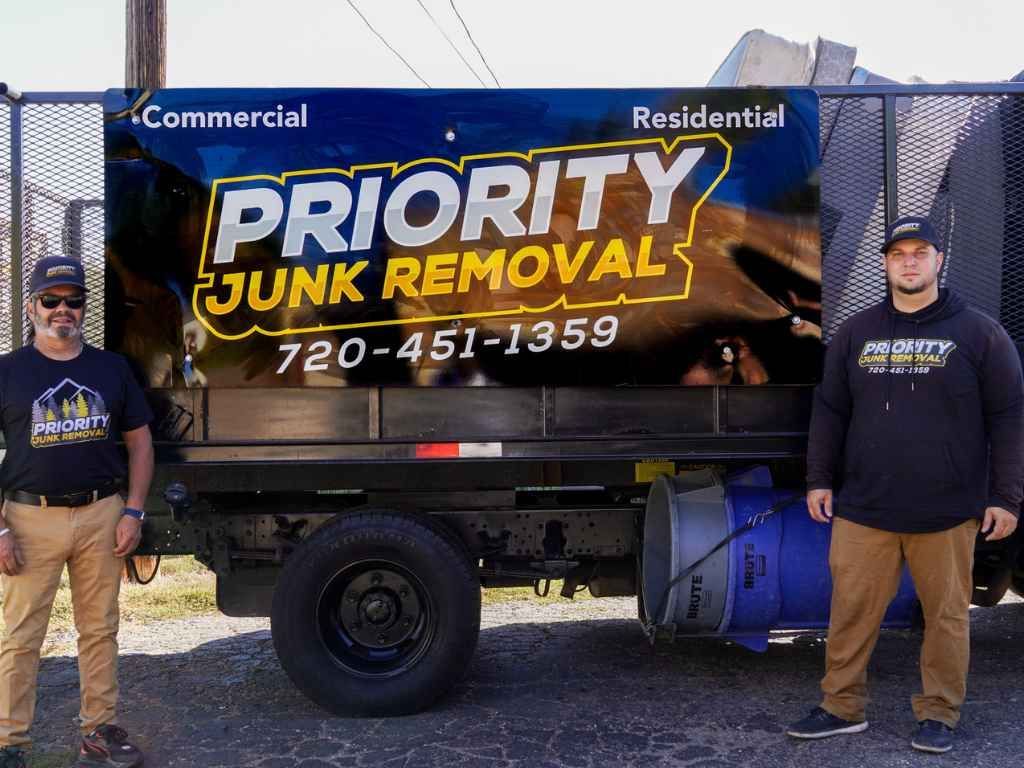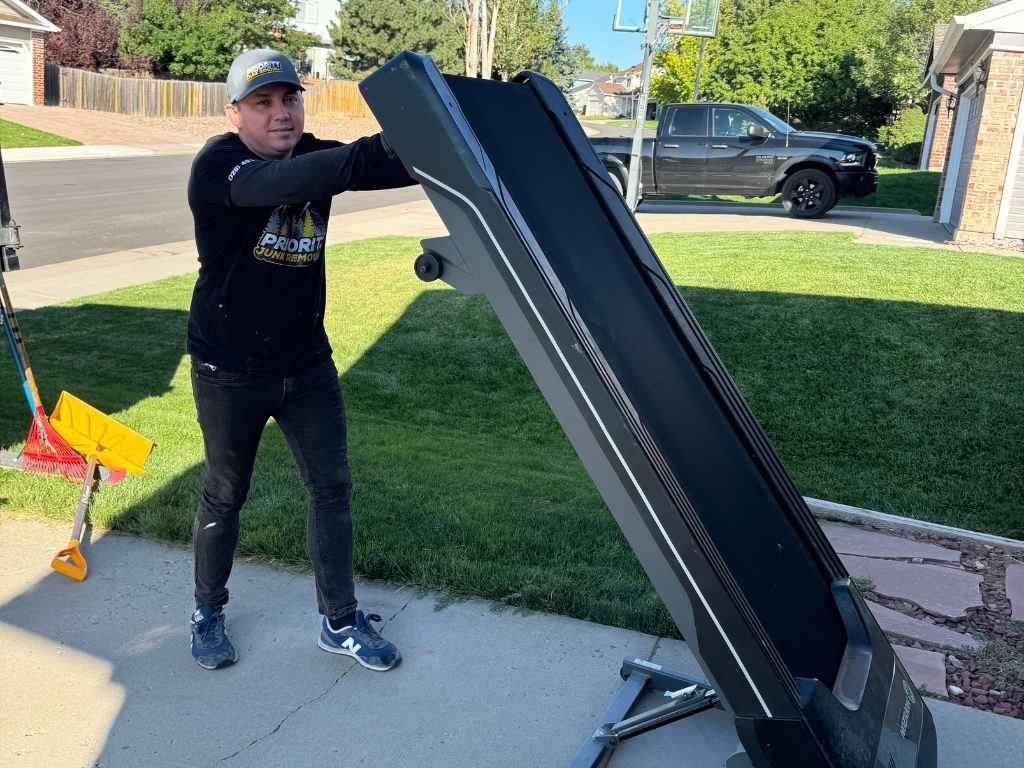How to Prepare for a Foreclosure Cleanout
Facing a foreclosure cleanout can feel overwhelming. It's not just about clearing out a space—it’s about navigating emotional weight, logistical hurdles, and time constraints. The process involves more than just tossing out old furniture or bagging up personal items; it’s about organizing, sorting, and disposing of everything properly while adhering to local regulations. The pressure to get it done quickly often makes things even more stressful.
That’s why knowing how to approach a foreclosure cleanout with a structured plan can make all the difference. Foreclosure cleanouts often come with a mix of personal and financial stress. The previous owners may have left behind damaged furniture, broken appliances, or just a mountain of clutter that needs to be dealt with. On top of that, there could be legal and environmental factors to consider when disposing of certain items.
Assess the Scope of the Cleanout
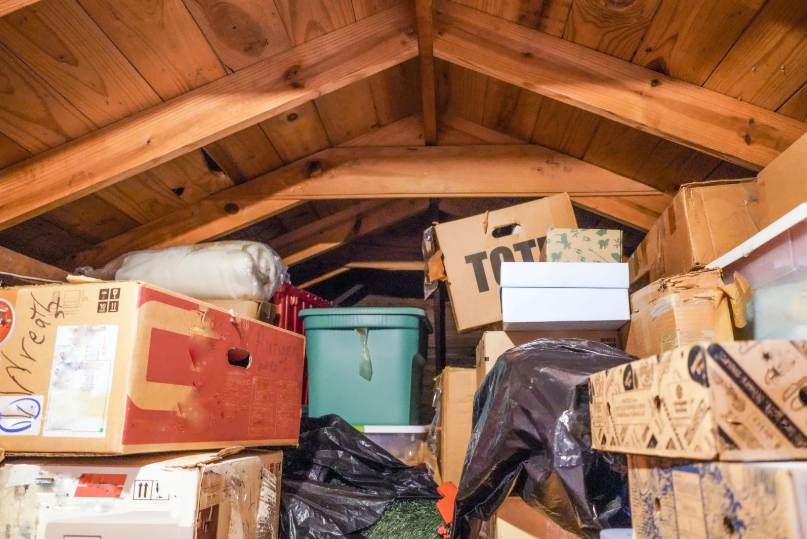
Before you start hauling things to the curb, take a moment to assess the size and scope of the cleanout. Walk through the property with a notepad or your phone and take inventory of what’s inside. Are you dealing with large furniture pieces, appliances, or hazardous materials? Is there mold damage or structural issues that need to be addressed? The goal is to get a clear understanding of the workload before diving in.
If the house is packed with belongings, break down the cleanout into zones—living room, kitchen, bedrooms, garage, and so on. This will help prevent the process from feeling too overwhelming. Also, take note of any items that might need to be handled with extra care, such as electronics, documents, or valuables.
Secure Necessary Permits and Permissions
When planning a dumpster rental or large-scale waste disposal, understanding your local regulations is crucial to avoid fines and complications. Many cities and towns require permits for dumpster rentals, especially if the container will be placed on public property like a street or sidewalk. Some waste types, such as old mattresses, refrigerators, or hazardous materials, may need special handling or transportation due to environmental and safety concerns. Failing to secure the proper permits or follow disposal guidelines could lead to unexpected penalties or delays, turning a straightforward cleanup into a costly headache.
Additionally, if you live in a community governed by a homeowners’ association (HOA), it’s important to check their specific rules regarding waste disposal. Some HOAs have restrictions on the size, placement, and duration of dumpsters on the property or street. Local waste management offices may also have guidelines on acceptable disposal methods.
Establish a Sorting System
When handling an estate cleanout, setting up an effective sorting system is crucial to staying organized and reducing stress. A structured approach helps you make clear decisions about what to keep, donate, or discard without feeling overwhelmed. The “Three-Pile System” is a simple but effective method that keeps the process moving smoothly and prevents decision fatigue.
- Keep: Hold onto items that have sentimental value or serve a practical purpose in your life. If an item brings you genuine happiness or is regularly used, it belongs in the "Keep" pile. However, it’s important to avoid holding on to things out of guilt or nostalgia if they don’t serve a meaningful purpose in your life.
- Donate: If an item is still in good condition but no longer needed, consider donating it to a local charity or thrift store. Many organizations are happy to accept gently used clothing, furniture, and household goods. Donating helps others in need while giving your unused items a second life, reducing waste in the process.
- Dispose: Broken, damaged, or unusable items should be responsibly discarded or recycled. This includes items that are stained, torn, or missing essential parts. Check local recycling guidelines for electronics, hazardous materials, and bulky items to ensure proper disposal. Responsible disposal helps protect the environment and clears out unnecessary clutter.
- Be Honest with Yourself: If you’re holding onto something out of guilt or habit, ask yourself if it truly serves a purpose or brings you joy. If you haven’t used it in years and it’s not meaningful, it’s probably time to let it go. Being realistic about what you need helps you create a more functional and peaceful space.
- Handle Large Items Thoughtfully: Furniture and appliances can often be sold, donated, or recycled instead of being thrown away. Reach out to local charities, second-hand stores, or recycling centers to see if they accept large items. This not only reduces landfill waste but also helps others furnish their homes affordably.
Remove Hazardous Materials Separately
Foreclosed properties often come with hidden surprises, and hazardous materials are among the most common and dangerous. Items like paint cans, batteries, cleaning chemicals, propane tanks, and electronic waste need to be handled with care—they can’t just be tossed in with regular trash. Local waste management facilities typically have strict guidelines for disposing of hazardous waste, so it’s important to contact them for specific instructions.
Improper disposal can lead to serious environmental damage and costly fines, so it’s worth taking the time to do it right. In older homes, you may also encounter mold, asbestos, or lead-based paint, which require professional handling. Exposure to these materials can pose significant health risks, including respiratory issues and long-term complications. If you suspect the presence of any hazardous materials, bring in a licensed remediation specialist to assess and handle the situation.
Set a Timeline and Pace Yourself
Foreclosure cleanouts can be overwhelming, especially when there’s a tight deadline involved. The key to staying on track without burning out is to set a realistic timeline. Start by evaluating the size of the property and the amount of work required, then break it down into manageable chunks. Focus on one room or zone at a time rather than trying to tackle the whole house at once.
This approach helps maintain focus and prevents you from feeling scattered or overwhelmed. Create a daily or weekly schedule and stick to it as closely as possible. If you have a firm deadline, work backward from that date to establish clear goals. Taking regular breaks is just as important as staying on schedule—it helps you recharge and avoid mental and physical fatigue.
Arrange for Professional Removal and Hauling
Foreclosure cleanouts often involve large, heavy, and awkward items that are difficult to handle alone. Old furniture, broken appliances, and construction debris can quickly pile up, making the job feel impossible. That’s where professional junk removal services come in handy. Hiring a professional cleanout crew saves you time and physical effort while ensuring that everything is disposed of properly.
Professionals have the right equipment and experience to handle heavy lifting, sorting, and proper disposal in accordance with local regulations. They can also handle hazardous materials, electronics, and recycling, taking the guesswork out of the process. Plus, many services offer post-cleanout cleanup, leaving the space broom-swept and ready for its next phase—whether it’s a sale, rental, or renovation. The convenience and peace of mind that come with hiring professionals are well worth the cost, and it allows you to focus on more important aspects of the property transition.
Clean and Prepare the Space for the Next Step
Once the clutter is gone, the next step is to make the space look inviting and functional. Start by deep-cleaning the entire property—scrub walls, shampoo carpets, and mop floors to remove any lingering dirt and odors. Pay attention to details like baseboards, windows, and vents, as these areas can accumulate dust and grime over time. If the property is being prepared for sale, consider staging it with neutral furniture and décor to make it more appealing to buyers. For rental properties, ensure that all appliances, fixtures, and plumbing are in working order before new tenants move in.
Don’t overlook the exterior—curb appeal matters. A well-maintained lawn, trimmed hedges, and a clean driveway can create a positive first impression. Even simple touches like planting flowers or repainting the front door can make a big difference. The goal is to present a clean, well-maintained property that feels like a fresh start for whoever steps through the door next.
Handle Financial and Legal Loose Ends
Once the physical cleanout is done, it’s time to handle the financial and legal details. Start by closing out any utility accounts linked to the property, including electricity, gas, water, and internet services. Forward any remaining mail to the appropriate address to prevent important documents from getting lost. Settle any outstanding property taxes or fees with the local municipality to avoid future legal complications.
If the property was managed through a real estate agent or legal advisor, confirm that all paperwork has been processed correctly and that ownership has been properly transferred. In some cases, valuable items like jewelry, documents, or family heirlooms may be left behind. If you discover anything of value, contact the previous owners or their estate representatives to arrange for its return. Handling these details professionally ensures a smooth handoff and minimizes the risk of future disputes or complications. A thorough approach now can prevent headaches down the road.
Conclusion
Preparing for a foreclosure cleanout doesn’t have to be a stressful, drawn-out ordeal. With a clear plan, smart organization, and the right support, you can navigate the process smoothly and efficiently. For professional cleanout services that handle the heavy lifting and logistics, Priority Junk Removal is ready to help. Located at 6091 South Spotswood Street, Littleton, Colorado 80120, United States, they offer comprehensive cleanout and junk removal services tailored to your specific needs. Call 720-451-1359 or email priorityjunkremoval@gmail.com to schedule a consultation and make the process easier from start to finish.
